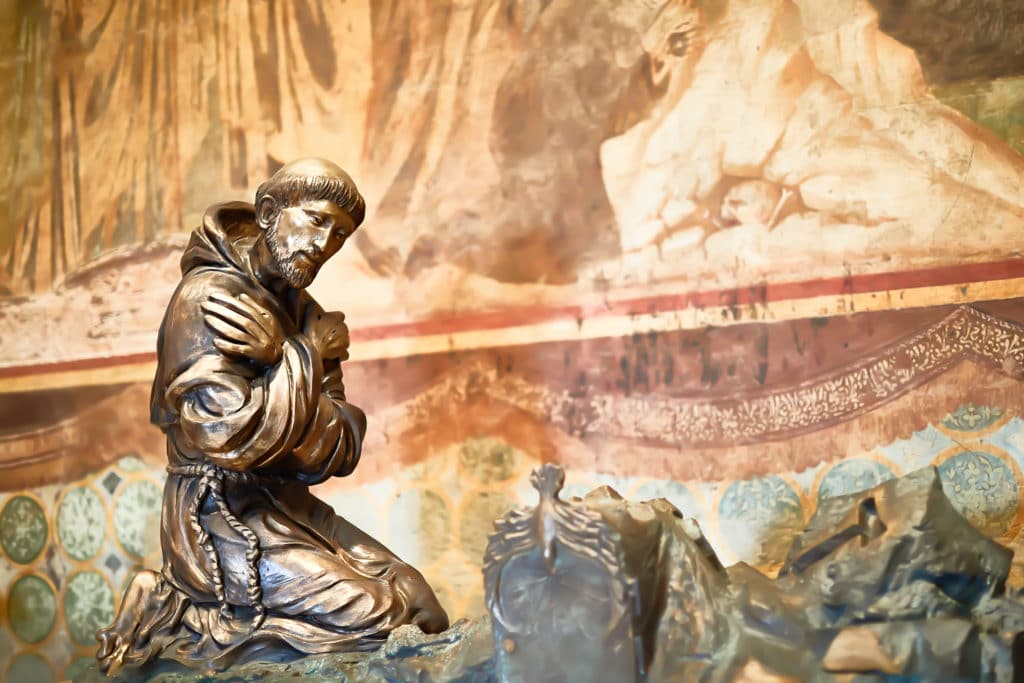
Art: Old and New
Changing Places
Friday, November 15, 2019
There must be a way to be both here and in the depth of here. Jesus is here. Christ is the depth of here. This, in my mind, is the essence of incarnation and the gift of contemplation. We must learn to love and enjoy things as they are, in their depth, in their soul, and in their fullness. Contemplation is the “second gaze,” through which we see something in its particularity and yet also in a much larger frame. We know it by the joy it gives, which is far greater than anything it does for us in terms of money, power, or success. In its various forms, art provides this incarnational and contemplative insight.
Two pieces of art have encouraged and enhanced my contemplative gaze. The first was one I saw in a Nuremberg art museum by Hans von Kulmbach (1476–1528). [1] It portrays the two human feet of Jesus at the very top of a large painting of the Ascension. Most of the canvas is taken up by the apostles, whose eyes are being drawn up with Christ, as the two feet move off the top of the painting, presumably into the spiritual realms. The image had a wonderful effect on me. I too found myself looking beyond the painting toward the ceiling of the art museum, my eyes drawn elsewhere for the message. It was a real religious moment, one that simultaneously took me beyond the painting and right back into the room where I was standing. It was another instance of understanding the Christ in a collective sense, recognizing not just his ascension but also ours. (See Ephesians 2:4-6.) The Ascension is the Christ Mystery come full circle.
The second piece of art was created by a sculptor whose name is hidden. Located in the upper basilica where Francis of Assisi is buried, it is a wonderful bronze statue of St. Francis inviting the Holy Spirit. [2] Instead of looking upward as is usual, he gazes reverently and longingly downward—into the earth—where the Spirit is enmeshed with the earth. Francis understood that the Holy Spirit had in fact descended; she is forever and first of all here! There are many artists who inherently understand incarnation. They see art as a major transposition of sacred place from there to here.
Both these pieces of art put the two worlds together, just from different perspectives. Yet in both images, it is the Divine that takes the lead in changing places. Maybe artists have easier access to this Mystery than many merely verbal theologians.
References:
[1] Hans von Kulmbach, The Ascension of Christ, 1513, https://www.metmuseum.org/art/collection/search/436835.
[2] Sculpture of St. Francis of Assisi, artist unknown, Upper Church in the Basilica of Saint Francis of Assisi, Assisi, Italy; photo by K505/Shutterstock.
Adapted from Richard Rohr, The Universal Christ: How A Forgotten Reality Can Change Everything We See, Hope For, and Believe (Convergent Books: 2019), 118-119.


